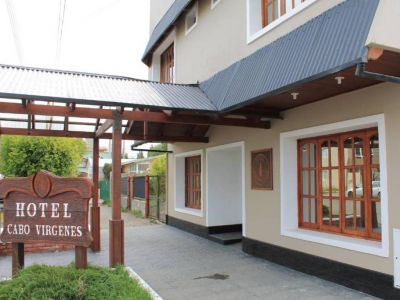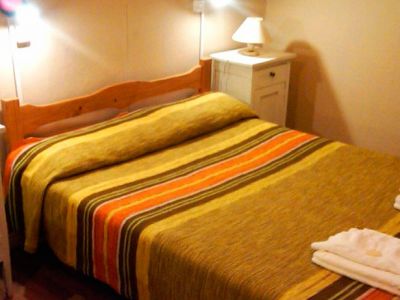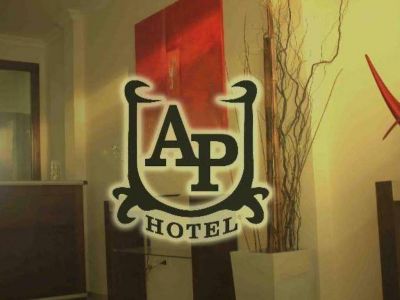A Look into the Past
Mónica Pons
Welcomeargentina.com
Contact of the excursion or tour
De Arte Eduardo Miniccelli
Maipú 13, Río Gallegos, Santa Cruz, Agentina
Phone: +54 2966-436323
Casa Histórica del Gdor. Gregores
Alcorta 475, Río Gallegos, Santa Cruz, Agentina
Phone: +54 2966-444247
Marítimo Naval de la Patagonia Austral
Alcorta 478, Río Gallegos, Santa Cruz, Agentina
Phone: +54 2966-422600
Regional Provincial Padre Jesús Molina
Ramón y Cajal 51, Río Gallegos, Santa Cruz, Agentina
Phone: +54 2966-426427
Malvinas Argentinas
Pasteur 74, Río Gallegos, Santa Cruz, Agentina
Phone: +54 2966-420128


























